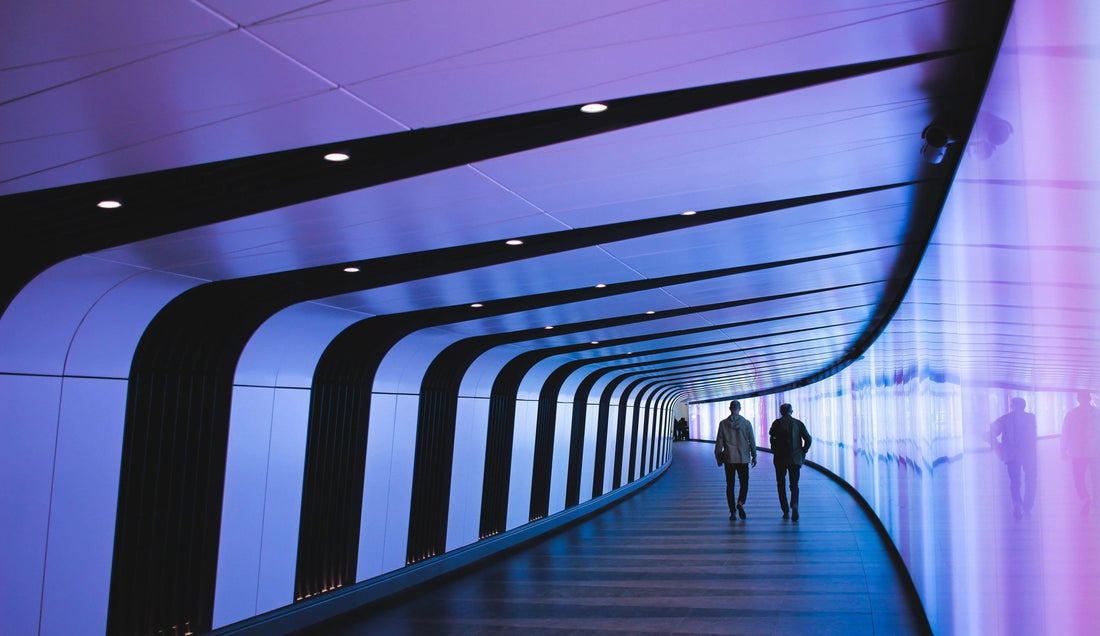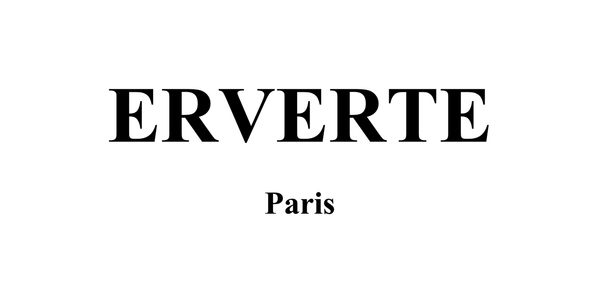
Ecological Fashion: Revolutionizing the Industry with Biomimetic Textile
Share
In an increasingly environmentally conscious world, the fashion industry is increasingly seeking to adopt sustainable practices. Initiatives such as material recycling, the use of natural fibers, and waste reduction have been discussed extensively. However, a less explored area that has the potential to revolutionize the industry is biomimicry, an approach that draws inspiration from nature to create environmentally friendly textiles. In this article, we explore this new frontier of ecological fashion by highlighting concrete examples and discussing their potential to shape the future of the industry.
The Basics of Biomimicry
Biomimicry, also known as "biomimetics," is a concept that involves drawing inspiration from natural patterns, systems, and processes to solve human problems and design sustainable innovations. It has been successfully applied in fields such as architecture, engineering, and medicine. Recently, this innovative approach has found its place in the fashion industry.
Nature as a Source of Inspiration
Nature offers an incredible wealth of inspiration for creating sustainable and environmentally friendly textiles. Living organisms, such as plants, animals, and insects, have developed unique adaptations to survive in their environments. For example, spider silk is an incredibly strong and lightweight material that surpasses many synthetic textiles used in the fashion industry. Mushrooms can be transformed into vegan leather, offering an eco-friendly alternative to animal leather.
Recent Advances in the Field
Researchers, designers, and entrepreneurs have begun to explore the possibilities offered by biomimicry in the fashion industry. Innovative textiles have been created by mimicking the structures and properties of natural materials. For instance, fibers inspired by fish scales have been developed, offering exceptional strength and flexibility. Self-cleaning fabrics have been created by drawing inspiration from the hydrophobic properties of lotus leaves. These advancements open up new possibilities for sustainable and environmentally friendly textiles.
Environmental Benefits of Biomimicry
The use of nature-inspired textiles brings numerous environmental advantages. Firstly, these materials are often biodegradable, reducing waste accumulation in the environment. Moreover, the production of these textiles may require less water, energy, and chemicals than traditional textiles. By mimicking natural properties, it is possible to create more durable and resilient textiles, thereby reducing the need for frequent clothing replacement.
Challenges and Future Perspectives
Although biomimicry holds immense potential for the fashion industry, there are still challenges to overcome. Accurately reproducing the properties of natural materials can be complex and requires extensive research and development. Additionally, scaling up the production of biomimetic textiles can pose technical and economic issues.
However, despite these challenges, biomimicry paves the way for a new era of ecological fashion. By fostering collaboration between scientists, designers, and businesses, it is possible to further develop innovative, environmentally friendly, and sustainable textiles. By investing in research and innovation, the fashion industry can reduce its environmental footprint and offer consumers more sustainable and responsible options.
Conclusion
Biomimicry offers an exciting new path for the fashion industry by combining human creativity with the wonders of nature. By tapping into the strategies and materials that nature has perfected over millennia, we could create a truly sustainable and environmentally friendly fashion industry. As this emerging approach continues to gain popularity, it is essential to encourage research, innovation, and collaboration to realize its full potential. By embracing biomimicry, the fashion industry can position itself as a leader in the shift towards a more ecological and responsible fashion.
The Basics of Biomimicry
Biomimicry, also known as "biomimetics," is a concept that involves drawing inspiration from natural patterns, systems, and processes to solve human problems and design sustainable innovations. It has been successfully applied in fields such as architecture, engineering, and medicine. Recently, this innovative approach has found its place in the fashion industry.
Nature as a Source of Inspiration
Nature offers an incredible wealth of inspiration for creating sustainable and environmentally friendly textiles. Living organisms, such as plants, animals, and insects, have developed unique adaptations to survive in their environments. For example, spider silk is an incredibly strong and lightweight material that surpasses many synthetic textiles used in the fashion industry. Mushrooms can be transformed into vegan leather, offering an eco-friendly alternative to animal leather.
Recent Advances in the Field
Researchers, designers, and entrepreneurs have begun to explore the possibilities offered by biomimicry in the fashion industry. Innovative textiles have been created by mimicking the structures and properties of natural materials. For instance, fibers inspired by fish scales have been developed, offering exceptional strength and flexibility. Self-cleaning fabrics have been created by drawing inspiration from the hydrophobic properties of lotus leaves. These advancements open up new possibilities for sustainable and environmentally friendly textiles.
Environmental Benefits of Biomimicry
The use of nature-inspired textiles brings numerous environmental advantages. Firstly, these materials are often biodegradable, reducing waste accumulation in the environment. Moreover, the production of these textiles may require less water, energy, and chemicals than traditional textiles. By mimicking natural properties, it is possible to create more durable and resilient textiles, thereby reducing the need for frequent clothing replacement.
Challenges and Future Perspectives
Although biomimicry holds immense potential for the fashion industry, there are still challenges to overcome. Accurately reproducing the properties of natural materials can be complex and requires extensive research and development. Additionally, scaling up the production of biomimetic textiles can pose technical and economic issues.
However, despite these challenges, biomimicry paves the way for a new era of ecological fashion. By fostering collaboration between scientists, designers, and businesses, it is possible to further develop innovative, environmentally friendly, and sustainable textiles. By investing in research and innovation, the fashion industry can reduce its environmental footprint and offer consumers more sustainable and responsible options.
Conclusion
Biomimicry offers an exciting new path for the fashion industry by combining human creativity with the wonders of nature. By tapping into the strategies and materials that nature has perfected over millennia, we could create a truly sustainable and environmentally friendly fashion industry. As this emerging approach continues to gain popularity, it is essential to encourage research, innovation, and collaboration to realize its full potential. By embracing biomimicry, the fashion industry can position itself as a leader in the shift towards a more ecological and responsible fashion.
